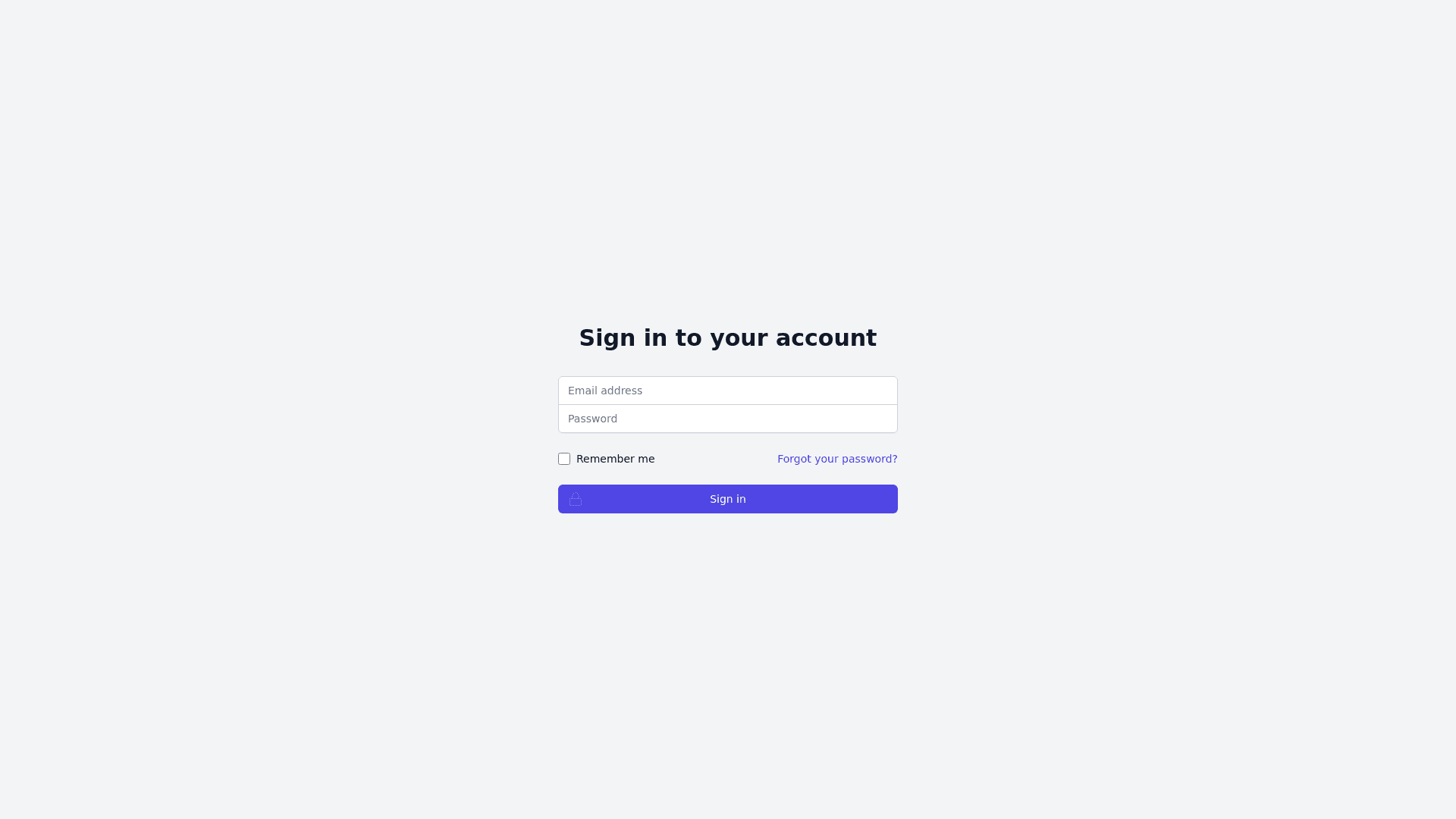Saa S Delivery Platform - Copy this React, Tailwind Component to your project
SaaS Delivery Specification 1. Objective The goal is to create a SaaS delivery platform that manages products, allows customers to add items to their cart, adjust quantities, and select a payment method. Payments will be handled by a delivery person using a card machine, and the system will simply mark the order as completed. 2. Key Features 2.1 Product Management Admin Panel: A simple, intuitive interface where business owners can: Add, edit, and delete products. Organize products into categories. Set product prices and descriptions. Upload product images. Mark products as out of stock or available. 2.2 Shopping Cart Functionality Add to Cart: Customers can: Add multiple products to the shopping cart. Modify product quantities. Remove items from the cart. See the total price dynamically updated as changes are made. 2.3 Order Placement Checkout Page: Customers: Review their order before confirming. Select a payment method (not processed by the system, just to indicate whether they’ll use cash or card via the delivery person’s card machine). Provide delivery details. Confirm the order. Order Confirmation: The system sends a notification to the establishment, marking the order as "pending." Customers receive a confirmation screen with an estimated delivery time. 2.4 Order Status Order Completion: Once the delivery person completes the delivery and receives payment, the system allows the admin to mark the order as completed. 2.5 Business Availability Operating Hours: The system will display the establishment's operating hours. A clear indicator to show whether the business is currently accepting orders, with a "Closed" or "Open" status. 3. User Interface 3.1 Customer Interface Design: Simple and intuitive, emphasizing the following: Customizable colors based on the business branding. The business’s logo prominently displayed. A clear display of current operating hours and a status indicator (open/closed). Main Components: Product Display: A grid or list of products categorized for easy navigation. Shopping Cart Button: Always visible to access and modify the cart. Availability Indicator: A message or banner showing if the establishment is accepting orders. 3.2 Admin Interface Dashboard: Overview of active, pending, and completed orders. A section to toggle availability status (open/closed). Easy access to product management. 4. Technology Stack Frontend: HTML, CSS, JavaScript (Vue.js, React, or similar frameworks for dynamic user interfaces). Backend: Node.js or .NET, with RESTful API to manage products, orders, and user data. Database: MySQL or MongoDB for storing products, orders, and user information. Deployment: Cloud based deployment (e.g., AWS, Azure, or Heroku). 5. Scalability and Performance Modular Architecture: Designed for future expansion, such as integrating payment gateways or adding more detailed analytics. Efficient Order Processing: Focus on ensuring minimal delay between customer order and establishment notification. 6. Security Authentication: Role based authentication (admin and customer). Data Security: Encryption of sensitive customer data (e.g., personal details). 7. Additional Features Notifications: Option for SMS or email notifications for order updates. Localization: Multi language support based on the establishment’s region. This specification provides a clear framework for the development of a user friendly, functional SaaS delivery platform, focusing on simplicity and ease of use for both customers and business owners.
